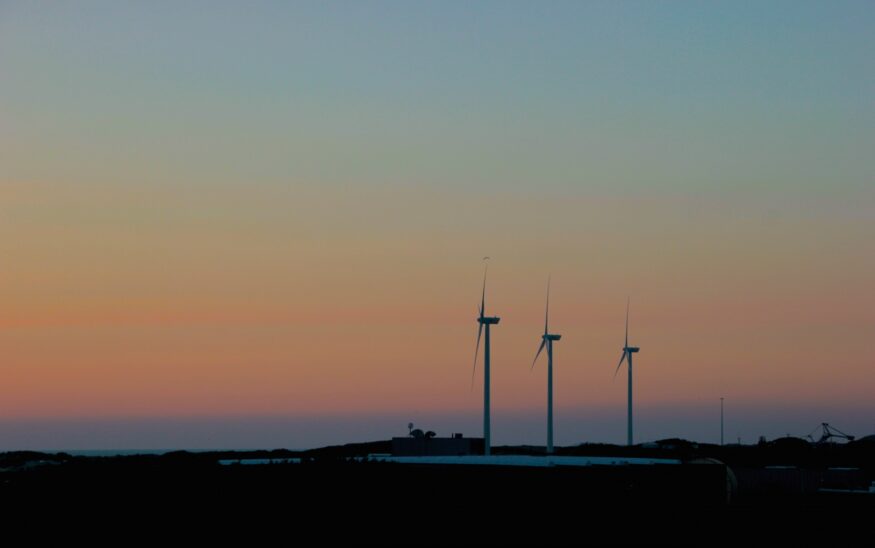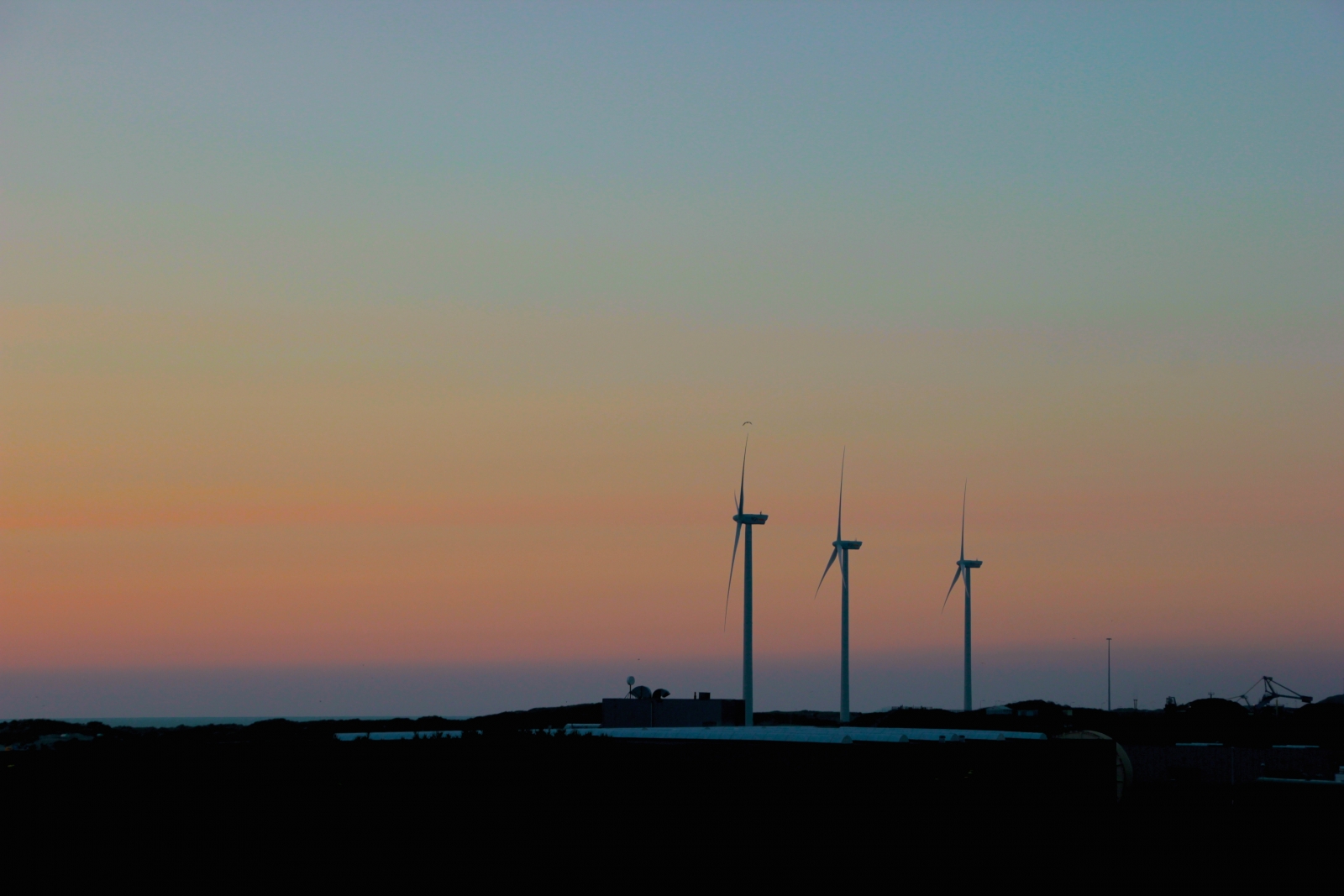The New Energy Economy
Gas drawn from the Denver-Julesburg and Piceance Basins has spurred a swift transition from coal-fired to natural-gas-fired power plants
Scot Anderson //August 31, 2018//


The New Energy Economy
Gas drawn from the Denver-Julesburg and Piceance Basins has spurred a swift transition from coal-fired to natural-gas-fired power plants
Scot Anderson //August 31, 2018//

In “The Structure of Scientific Revolutions,” Thomas Kuhn articulated the notion of a paradigm shift – an event in which the foundational assumptions of a way of thinking are found wanting and are replaced with a new conceptual framework. We are in the midst of a paradigm shift in the energy industry – and it is exemplified by what is happening here in Colorado. We are transitioning from time-honored methods of generating electricity to a new energy economy based on a broad array of new energy technologies.
The phrase “new energy economy” often characterizes a gradual transition from fossil fuels to carbon-free energy. While the intensified development of renewable energy is a part of the new energy economy, it is only part of the story. Of equal importance is the shale revolution, the efficient production of oil and natural gas from underground shale formations using long horizontal wells and hydraulic fracturing. Low-cost shale gas, in particular, is dramatically affecting the mix of energy sources. First, it triggered a decrease in demand for coal (and in some cases, nuclear) generation. Now, it is forcing renewable technologies, such as wind and solar, to become more efficient and cost effective so they can compete in a highly cost-sensitive marketplace. This competitive pressure in turn gives rise to even more new technologies for improved storage, distribution, and transmission. And abundant gas has fostered a new view toward cleaner fossil-fuel production and use and a reduced environmental (especially carbon) footprint.
In Colorado, the revolution is particularly apparent. Gas drawn from the Denver-Julesburg and Piceance Basins has spurred a swift transition from coal-fired to natural-gas-fired power plants, as captured in the Colorado Energy Plan agreement between Xcel Energy and the state last summer. Solar and wind developers in the state provide Xcel with some of the lowest electricity costs in the nation.
Further, the rise of robust information management and the digitization of that information create new opportunities to better manage our energy portfolio, especially through the use of smart grids.
CITIES AIM FOR 100 PERCENT RENEWABLES
These high-tech information systems track supply and demand for power and can automatically allocate generation, distribution, and demand as needed in real time to maximize efficiency and conserve energy. Companies are using the “Internet of Things” to monitor and manage energy assets and equipment, and are exploring blockchain technologies as a way to create commercial procedures for the purchase and sale of energy that are more efficient and secure.
Increased energy generation from renewables and natural gas demands the invention of new technologies, including more-efficient electricity storage and new ways to think about it, such as using the batteries in electric vehicles to retain and transmit power to consumers through vehicle-to-grid (“V2G”) technology.
Acknowledging that storage is critical to planning for the energy grid of the future, Gov. John Hickenlooper just signed legislation that encourages installation of both residential-owned and utility-owned energy storage systems. Finally, energy companies are challenging the model of energy generation and distribution that has served Colorado for decades. The standard approach to electrification is to build a centralized power-generating station and then run wires over long distances to end users. But a growing number of end users are looking for small-scale, local generation, which may come from a small plant producing liquefied natural gas for transportation, a modular reactor generating small amounts of nuclear energy, solar rooftops and gardens, or small-scale wind turbines rather than vast wind and solar farms.
The new energy economy already surrounds us. Innovation will continue to push energy to a new paradigm.
Scot Anderson, Mary Anne Sullivan, Andrew Lillie and Markley Schegel, members of members of Hogan Lovells’ Energy and Resources team.
























